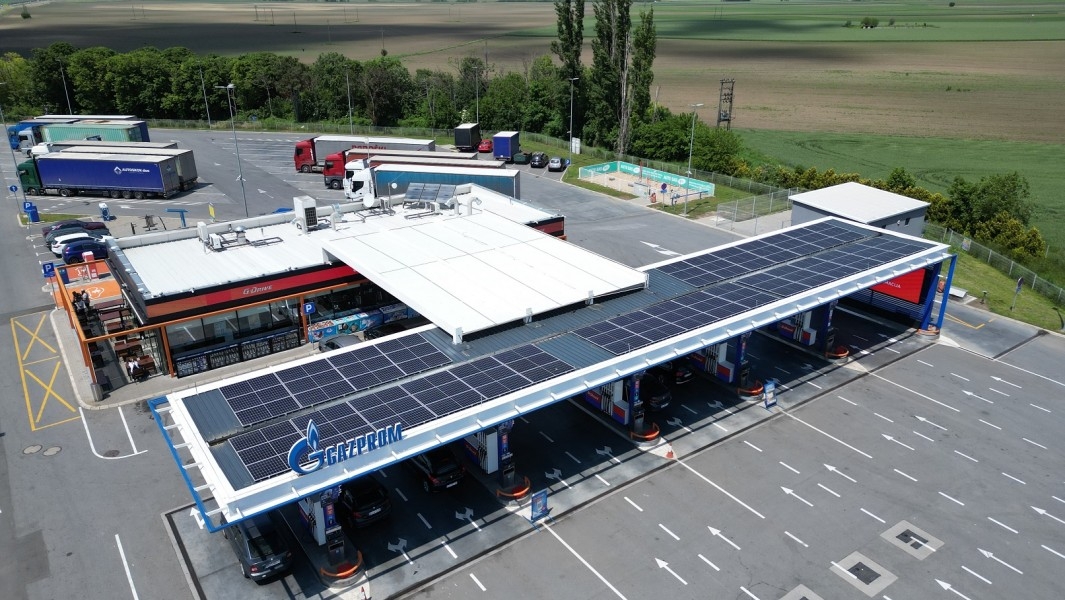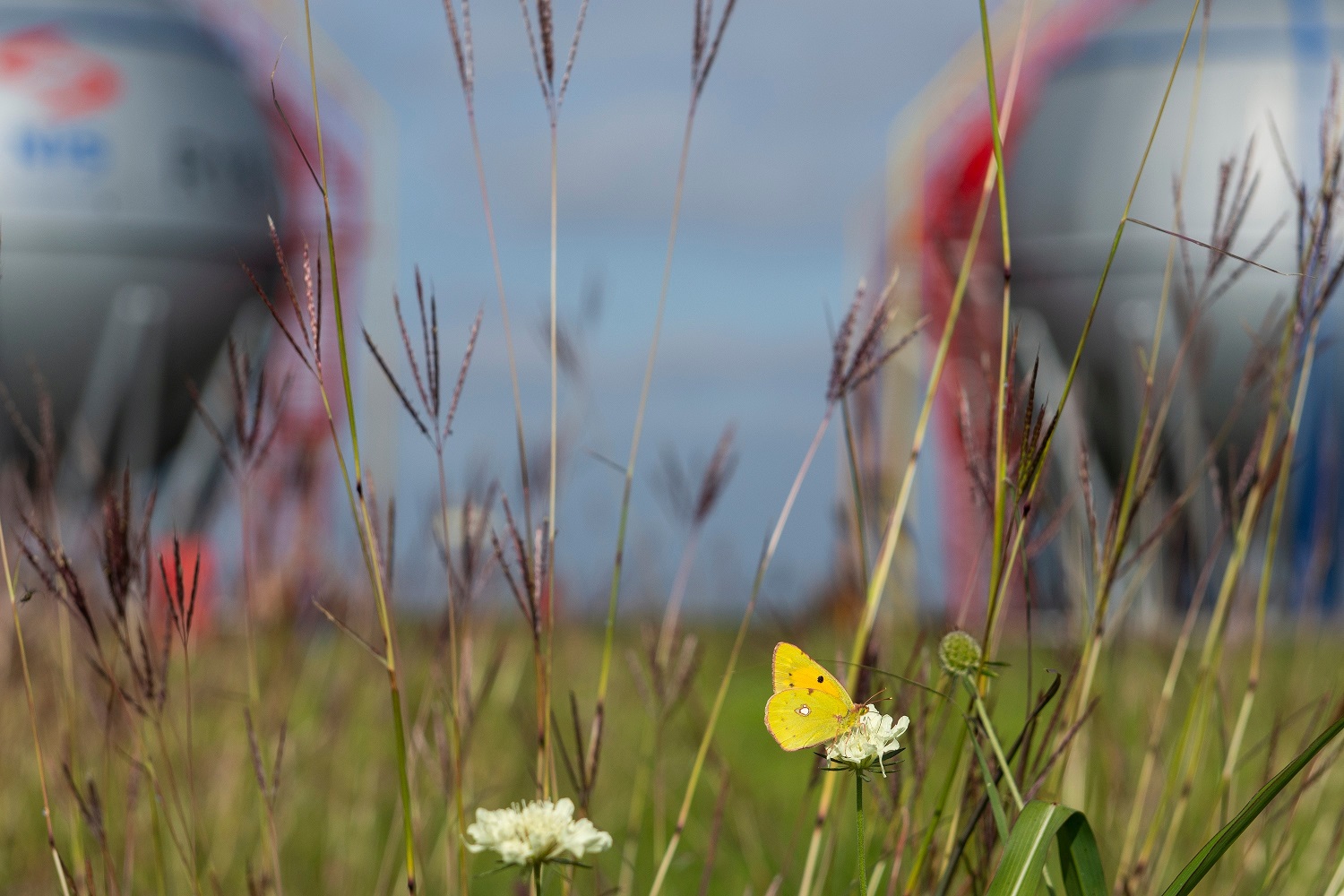 Photo: NIS
Photo: NISCities currently produce more than 60 percent of the world's greenhouse gas emissions and are the most polluted living environments. The consequences of pollution for people's health are already severe since about half of the world's population lives in cities. It is estimated that by the middle of the century, as much as 70 percent of the world's population will live in cities. Population growth and urbanization will encourage construction, which will lead to more concrete around us and increase the consumption of electricity.
What is encouraging is that cities, as direct and major polluters of the environment, can best respond to the challenges of climate change and contribute the most to improving the quality of life for all of us and the regeneration of the planet.
What can we do to make our cities cleaner and life in them better and more humane?

Photo: NIS
GREEN AGENDA
The European Green Deal represents a turning point in the fight against climate change because it aims to make Europe the first continent to achieve carbon neutrality by 2050. Serbia adopted this strategy through the Western Balkans Green Agenda, which involves a number of practical steps and initiatives that should result in the decarbonization of the region and economic growth in line with sustainable development principles.
Translated into our daily lives, this means that we can do a lot to live in so-called green cities. A "green city" is any city that applies sustainability standards that affect the reduction of pollution and a healthier life for its residents. How green a city will be depends not only on the local self-government and the companies that operate there but also on the citizens themselves—more precisely, on how much everyone is ready to adopt and implement their local green agenda.
Cities throughout Serbia are also increasingly turning to green and sustainable solutions. There is a noticeable increase in the number of investors investing in green construction. Also, building materials, such as green concrete with a significantly reduced carbon footprint, as well as modern energy-efficient solutions for use in construction, are increasingly available and in demand on the market.
There are numerous examples of civic green initiatives at the local level. There are more and more multi-family residential buildings in which the residents make agreements to jointly invest in the energy renovation of the buildings and replace worn-out installations and equipment with energy-efficient solutions, thereby ensuring the energy security of their homes and lowering their electricity bills.
Tenants can also start an initiative to green the flat roofs of their buildings, which is widely practiced in European cities. In addition to increasing the aesthetic value of the building, green roofs reduce air pollutants, filter harmful gases, and also absorb or repel sound waves.
SOLAR PANELS
One of the solutions that can lead us to greener cities the fastest is the massive installation of solar panels on the roofs of houses, residential buildings, office buildings, and industrial facilities. If at least a quarter of the roofs were covered with solar panels, that would cover half of Serbia's energy needs.
The advantages of solar energy are numerous: it does not pollute the environment, reduces the cost of electricity or heat, and, above all, ensures energy independence for those who produce it for their own needs, which contributes to greater energy independence for the entire country.
Great benefits are also brought by the new Law on the Use of Renewable Energy Sources, which introduced the category of consumers. This means that the excess electricity left over after you meet your needs can be handed over to the electricity distribution network. In the winter months, when the production of electricity from solar power is reduced, your electricity bills will be reduced by the price of the electricity you deliver to the grid.
NIS AS A MODEL OF GOOD PRACTICE
This year, NIS has published the 13th consecutive verified report under the headline "Our Sustainable Community". In the Report, this oil company comprehensively and transparently presents all key activities in 2022 to the wider public, and it also states how NIS contributes to the accomplishment of 12 of the 17 UN Sustainable Development Goals with its operations.
In the last 10 years, NIS has reduced emissions of polluting substances in the air by as much as 90 percent.
Implementing its green agenda and following its determination to increase the share of renewable energy sources, NIS has started installing solar panels at petrol stations in our country. So far, this project has been implemented at 15 petrol stations, which has positive business and environmental effects. Namely, with the use of solar panels, the total savings in the procurement of electricity will amount to about 600 MWh on an annual level, while the reduction of carbon dioxide emissions is estimated at more than 600 tonnes per year. NIS will continue to install photovoltaic power plants on its retail network and other facilities in the future.
In addition, NIS pays great attention to energy efficiency, so that from 2012 to 2022, the company achieved a total increase in energy efficiency of 33 percent, which also contributes to a more rational use of resources and environmental protection.
Following its green agenda, the company has invested around 120 million euros in environmental projects since 2009. With other business projects that significantly contributed to the improvement of environmental protection, the investments totaled over 900 million euros. The largest number of these projects were implemented in the Pančevo Oil Refinery, which in 2017 became the first energy facility in our country to receive an integrated IPPC permit permit from state authorities, which confirms that all production processes in the factory are in compliance with the highest local and European environmental standards.
In this way, NIS makes its contribution to improving the ecological image of the whole of Serbia as well as to the fulfillment of the UN's sustainable development goals, such as Sustainable Cities and Communities and Climate Action, which include activities to combat climate change, in order to significantly increase the share of renewable energy in global energy production and consumption by the end of 2030.
By: Jovan Nikolić
Photo: NIS